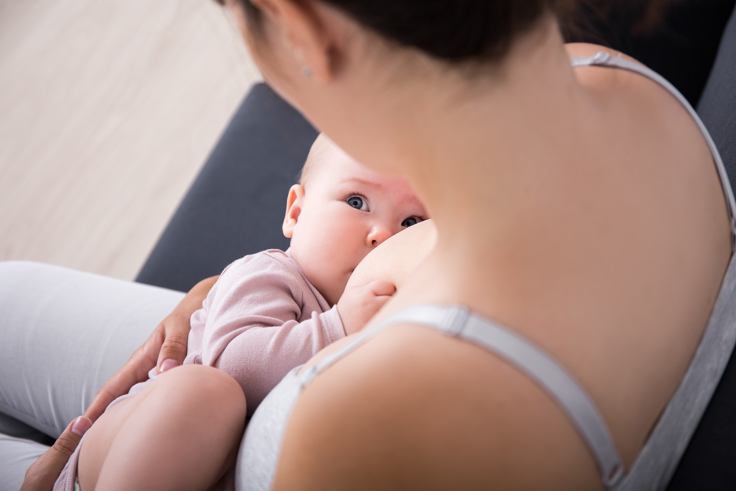Breast milk and environmental pollutants in Norway - fact sheet
Article
|Last update
|As well as nutrients and other useful substances, breast milk also contains environmental pollutants. The amount of several types of environmental pollutants in breast milk has decreased significantly in recent decades.
Both children and adults are exposed to environmental pollutants and other health-damaging substances from the environment in which we live.
Environmental pollutants can be divided into several subgroups. In this article we include substances that contain fluorine, chlorine or bromine (halogenated pollutants). They are difficult to degrade and accumulate in the food chain and the human body. Therefore, they are particularly relevant for breast milk. The group includes:
- per- and polyfluoroalkyl substances (PFAS)
- dioxins/furans
- polychlorinated biphenyls (PCBs)
- a group of brominated flame retardants (polybrominated diphenyl ethers, PBDEs)
- pesticides such as hexachlorobenzene (HCB), hexachlorocyclohexane (HCH) and dichlorodiphenyltrichloroethane (DDT).
Where do pollutants come from?
Dioxins/furans are formed during industrial processes and combustion where chlorine and carbon are present. The pesticide HCB is also a by-product of industrial processes. The other pesticides, as well as PCBs and PFAS are synthesised for different uses.
Regulation
The substances are regulated by the Stockholm Convention for persistent organic pollutants. Their production and use are prohibited in most countries. Due to their long decay time, these substances will remain in the environment and in humans for a long time. For the PFAS substance group, currently only the use of PFOS and PFOA is covered by the Stockholm Convention. In Norway and the EU, several other PFASs are also banned from 2023 and more are under review. Furthermore, Norway participates in the preparation of proposals for the restriction of all PFAS in Europe.
How are we exposed to environmental pollutants?
We mainly ingest persistent environmental pollutants through food. For PFAS, the major contributors are fish, fruit/vegetables/potatoes and eggs (EFSA 2020, VKM 2022). For the chlorinated and brominated environmental pollutants, the biggest contributors in Norway are fatty fish and other seafood, followed by dairy products and meat (VKM 2022). The substances are excreted very slowly from the body. Chlorinated and brominated environmental pollutants are stored in the body's fat tissue, unlike PFAS, which are linked to proteins in blood, breast milk, cells and organs.
Content of environmental pollutants in breast milk
All environmental pollutants are excreted through breast milk.
PFAS
The most found PFASs in both blood and breast milk are PFOS and PFOA. These contribute most to what infants ingest from PFAS. In samples of breast milk collected in Norway between 2003 and 2009, the content (median) of PFOS was 110 ng/L and PFOA 40 ng/L (Forns 2015). The content of PFAS in breast milk is low compared to the content in the mother's blood (Haug 2011, EFSA 2020, Zheng 2022). PFOS is approximately 70 times higher in the mother's blood serum than in breast milk, and PFOA is approximately 30 times higher in the mother's blood serum (EFSA 2020).
Since the relationship between PFAS levels measured in the mother's blood and in breast milk is relatively stable, the concentration of PFAS in the mother's blood provides a good indication of the child's exposure from breast milk (EFSA 2020).
The concentration of PFOS and PFOA in the blood has been decreasing since the turn of the millennium, but for other PFAS, the concentrations have been stable or somewhat increasing.
Similar time trends have been seen in other European studies of concentrations in the blood (Land 2018). A downward trend over time for PFOS has also been seen for breast milk in Sweden (Fång 2015).
Dioxins, PCBs and pesticides
Chlorinated and brominated environmental pollutants (dioxins, PCBs and pesticides) are found in the same concentration in the fat in breast milk as in the fat in the mother's body. These environmental pollutants are included in the World Health Organization's (WHO) monitoring program for breast milk. Norway participated in this program from 1986 to 2005. Breast milk was collected in 1986, 1993, 2001 and 2005. Breast milk from 10-50 first-time mothers was mixed together and analysed as one sample to obtain an average measurement for each year.
The results from the measurements of fat-soluble environmental pollutants in breast milk in Norway are presented in Figure 1 and show a declining trend over time.
From 1986 to 2005, the level of dioxins and dioxin-like PCBs (dl-PCBs) in breast milk decreased by almost 70 per cent.
The decrease is due to extensive measures against the emission and spread of dioxins in the environment in European countries. Altered chemical use, rules for waste incineration and the closure of polluting industry have probably also played a role. The amount of dioxins and dl-PCBs in foodstuffs and breast milk is calculated in toxic equivalents (TEQ).
The concentration of other PCBs and the pesticides DDT, HCH and HCB has decreased by 70-90 per cent since measurements began in 1986.
For brominated flame retardants (PBDEs), the concentration in breast milk increased until around the year 2000, and then levelled off or decreased. PBDEs were banned in Norway and the EU in 2004.

Measurements of fat-soluble environmental pollutants in milk collected from around 600 women in Norway between 2002 and 2009 showed large individual variations (Forns 2016).
No analyses of fat-soluble environmental pollutants in breast milk from Norway have been performed since 2005, but collective samples of serum from pregnant women who participated in a study from Northern Norway in 2007-2009 and in 2019 have been analysed (MISA study, Xu 2022). The results showed a significant decrease in this time period.
Equivalent time trends to those in Norway have been observed in other countries (Fång 2015). The WHO's monitoring programme has shown a continued decrease in dioxins and PCBs in breast milk in Europe after 2005 (EFSA 2018, WHO/UNEP 2013). However, results from Sweden may indicate that the decline in several of the fat-soluble environmental pollutants in breast milk is levelling off (Gyllenhammar 2021).
Significance of environmental pollutants and breast milk for child health
Children who are breastfed have a significantly higher exposure to persistent environmental pollutants than children who are not breastfed. The Science Committee for Food and Environment (VKM) made a benefit and risk assessment of breast milk in 2013 (VKM 2013). VKM concluded that with the current levels of environmental pollutants in food and the environment, the benefits of breast milk for the child are greater than the risks from environmental pollutants (VKM 2013). Since then, the levels of many environmental pollutants in breast milk have decreased further.
In recent years, lower tolerance limits have been set for PFAS and dioxins and dl-PCBs (EFSA 2020, EFSA 2018). It has been taken into account that children who are breastfed have the highest exposure in the updated risk assessments. It has been calculated what the mother's exposure to these substances can be without there being a risk of health effects in children who are breastfed for 12 months (EFSA 2018, 2020).
It is well documented that breast milk is beneficial for the child despite containing environmental pollutants.


